Locomotion
(aka Bones and Muscles)
Locomotion is the ability to move through one's environment.
What are the advantages of being motile?
A mobile organism can move to get away from predators, move to catch prey, move away from dangers, move to more ideal settings (shelter), move to find distant mates, etc.
There are different mechanisms by which organisms move.
Here are some examples of how single celled creatures move:



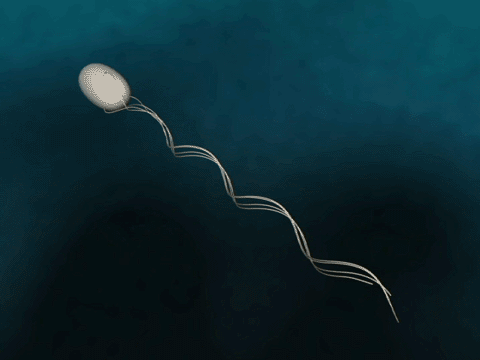
Bigger organisms need something stiff (bones) and muscles to allow for movement.
Some organisms have their bones on the inside, some on the outside:

What are the advantages of each?
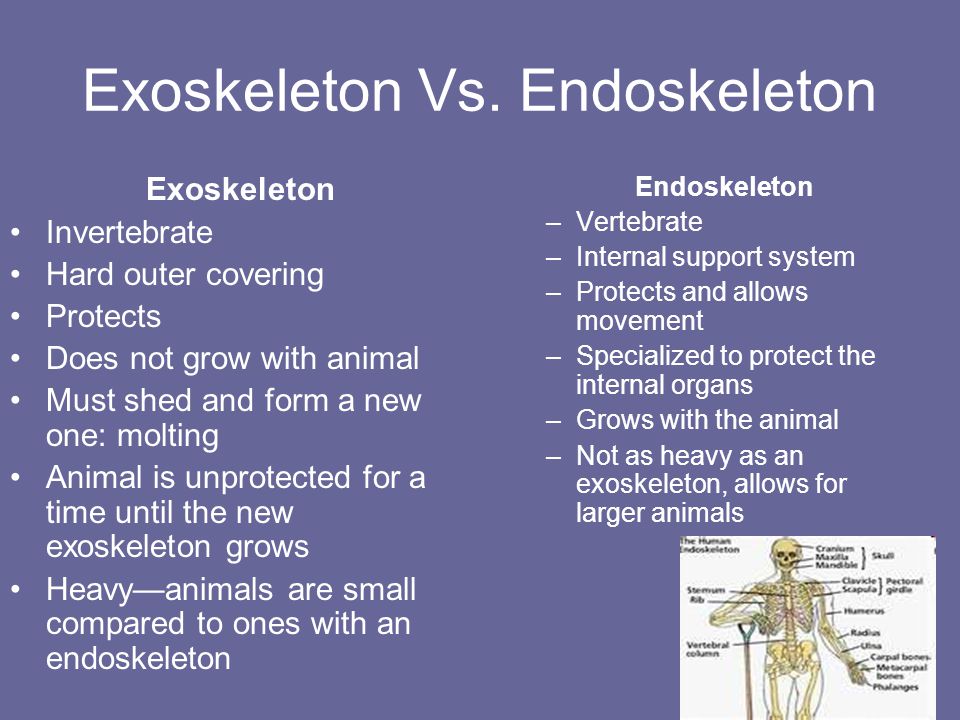
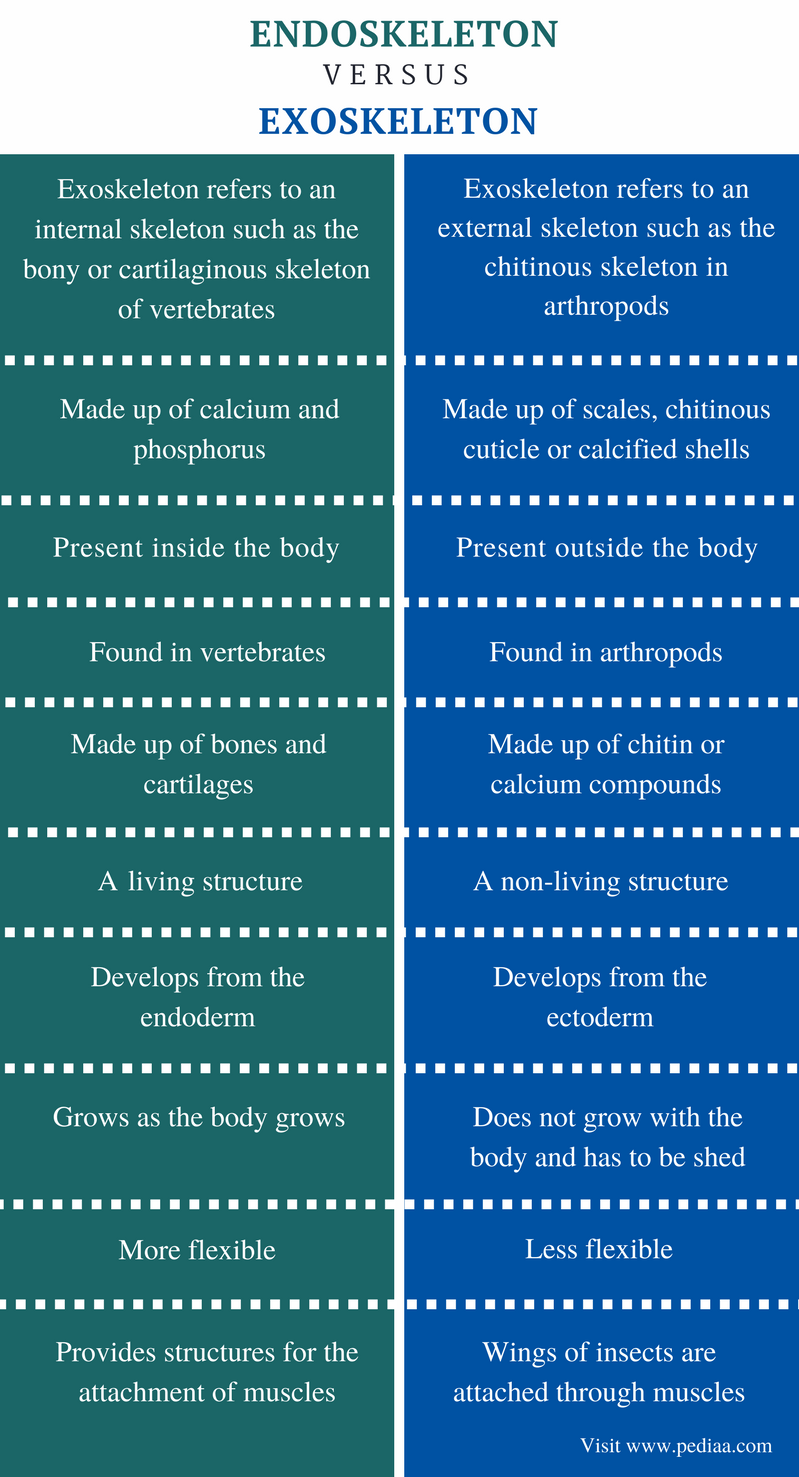
These bones do more than just allow for movement.
What do bones do for us?
Bones make RBCs, WBCs, Platelets; protection; structure; store fat and minerals; allows movement; etc.
Bones simplified:
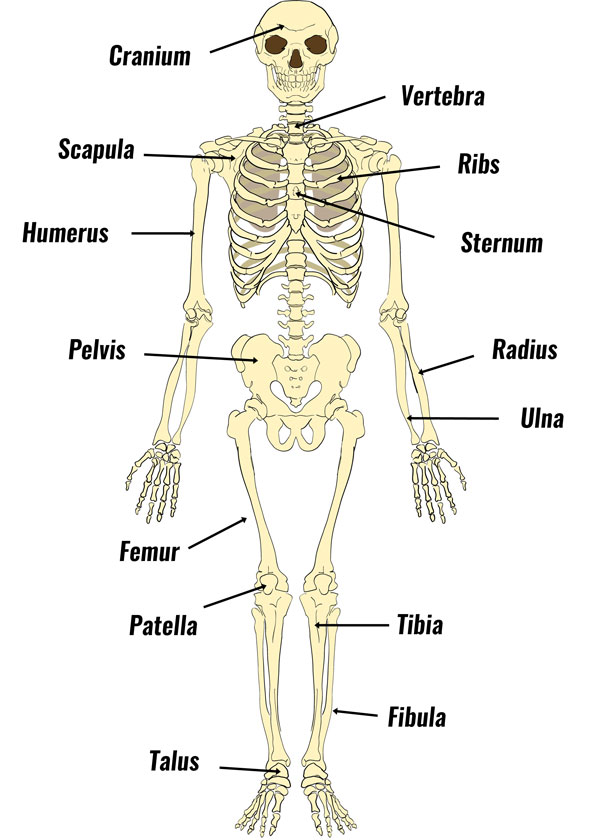
Bones more complex:

Muscles simplified:

Muscles more complex:

Other connective tissue includes:
Cartilage - cushions joints
Tendons - connects bones to muscles
Ligaments - connects bones to bones / stabalizes the joints
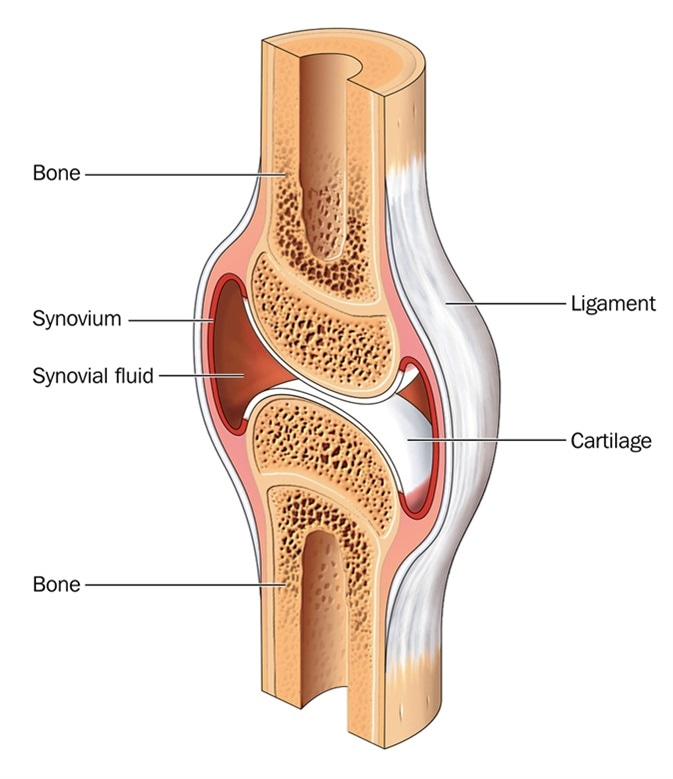
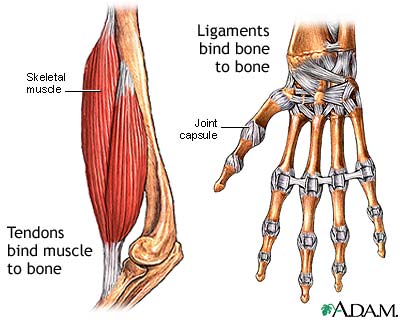
Joints:
A joint is where two bones come together and there are many types based on the type of movement allowed between the bones.
Here are some examples:

There are even fused joints that do not move (i.e. skull)
How do muscles contract?
There are fibers inside the muscle that ratchet past each other when exposed to sugar and calcium. Here are some images of this:
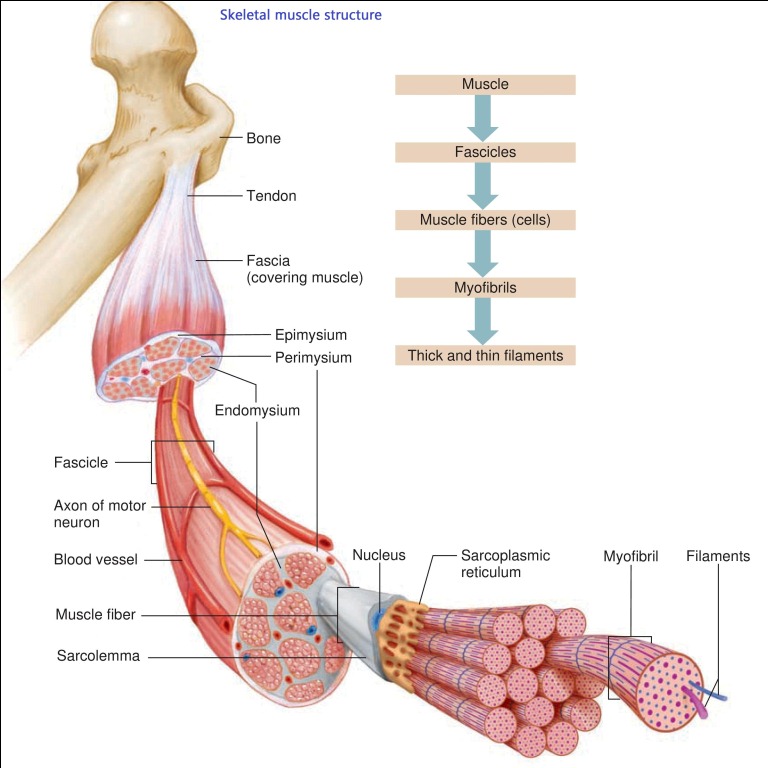




There is lots in this unit. Knowing some examples of how things move, exoskeleton vs endoskeleton, what bones do for us, as well as some important bones, muscles, and joints is a good start.